

Carl Peter Burnitz (14 January 1824, Frankfurt - 18 August 1886, Frankfurt) was a German landscape painter who began as a lawyer.


Carl Peter Burnitz (14 January 1824, Frankfurt - 18 August 1886, Frankfurt) was a German landscape painter who began as a lawyer.
He became an orphan at the age of nine and was placed under the care of his uncle, the architect Rudolf Burnitz. After graduating from the local schools, he entered the University of Berlin, where he studied law. In 1844, he moved to the University of Göttingen, then to the University of Heidelberg where he received his Doktor Juris (Doctor of Law) degree in 1847. [1]
That summer, he began an extensive tour of Rome, Naples and Palermo. He returned to Frankfurt in 1849, briefly practicing law but, feeling dissatisfied with the legal profession and inspired by what he had seen in Italy, he took another trip in 1852, visiting Algiers and Madrid. There he met the painter Fritz Bamberger who suggested that Burnitz go to Paris to study art. [1] With Bamberger's recommendation, he made contact with the lithographer Karl Bodmer, who introduced him to the Barbizon School. He soon began studying with Emile Lambinet.
In 1857, he returned to Frankfurt where he made friends with Anton Burger and Jakob Fürchtegott Dielmann, who convinced him to live at the art colony in Kronberg. [1] By 1878, he was successful enough to purchase a large, multi-story home in Frankfurt. However, following a common custom among the newly rich, he never lived there himself. Instead, it became the residence of fellow artist Eduard von Steinle. [2]
Most of his paintings are in private collections, as is the case with a majority of the artists who worked at Kronberg.

Archduke Leopold Wilhelm of Austria, younger brother of Emperor Ferdinand III, was an Austrian soldier, administrator and patron of the arts.

Carl Joseph Begas, or Karl Begas, was a German painter who played an important role in the transition from Romanticism to Realism. He was the first in a multi-generational "dynasty" of artists.

Karl Friedrich Lessing was a German historical and landscape painter, grandnephew of Gotthold Ephraim Lessing and one of the main exponents of the Düsseldorf school of painting.

Carl Eduard Ferdinand Blechen was a German landscape painter and a professor at the Academy of Arts, Berlin. His distinctive style was characteristic of the Romantic ideals of natural beauty.

Johann Peter Krafft was a German-born Austrian painter who specialized in portraits, historical works, and genre scenes.
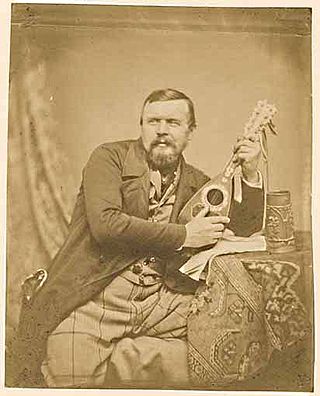
Fritz Bamberger was a German painter, primarily of landscapes.

Adolf Schrödter or Adolph Schroedter was a German painter and graphic artist; associated with the Düsseldorf school of painting. He is considered to be one of the pioneers of German comics.

Jakob Grünenwald was a German genre painter and illustrator.
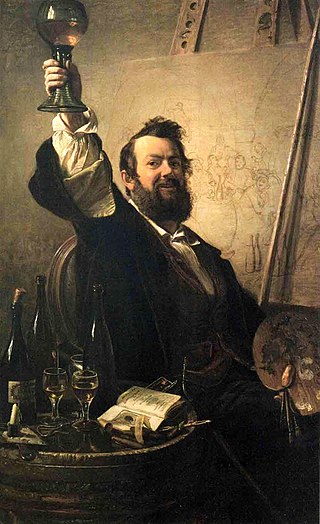
Johann Peter Hasenclever was a German genre painter, associated with the Düsseldorfer Malerschule.

Johann Philipp Eduard Gaertner was a German painter who specialized in depictions of urban architecture.
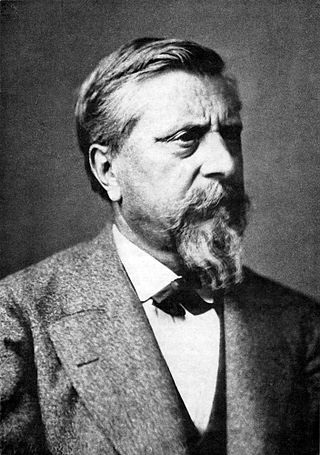
Carl Theodor Reiffenstein was a German landscape and architecture painter who created an invaluable historical record of Frankfurt am Main.

Anton Burger was a German painter, draftsman and etcher.

Jakob Fürchtegott Dielmann was a German illustrator, genre and landscape painter. He was also one of the co-founders of the Artists' Colony at Kronberg.

Erwin Speckter was a German painter, often associated with the Nazarene movement.
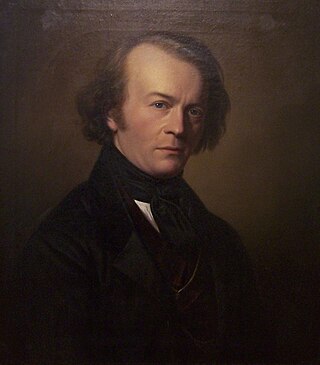
Ernst Ferdinand Oehme was a German Romantic painter and illustrator who specialized in moody landscapes with architectural elements.
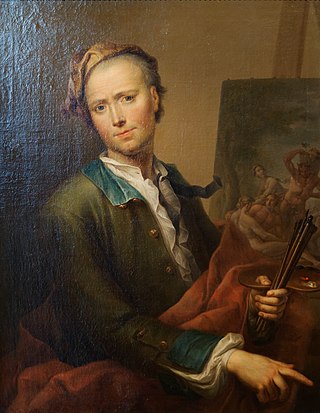
Franz Christoph Janneck was an Austrian painter in the Baroque style. He specialized in genre scenes, often with mythological themes, as well as some portraits, landscapes and religious works.
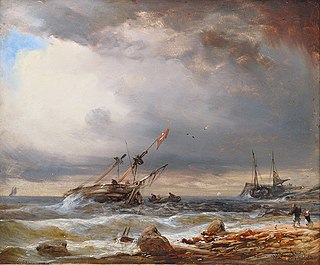
Wilhelm August Leopold Christian Krause was a German landscape and marine painter.

Carl Wilhelm Kolbe was a German etcher, graphic artist and author. He was generally referred to as The Elder to distinguish him from his nephew, a painter who was also named Carl Wilhelm Kolbe.

Carl Kuntz was a German landscape painter and etcher. Many of his works also feature animals.

Friedrich Wilhelm L'Allemand, known as Fritz was an Austrian history painter.